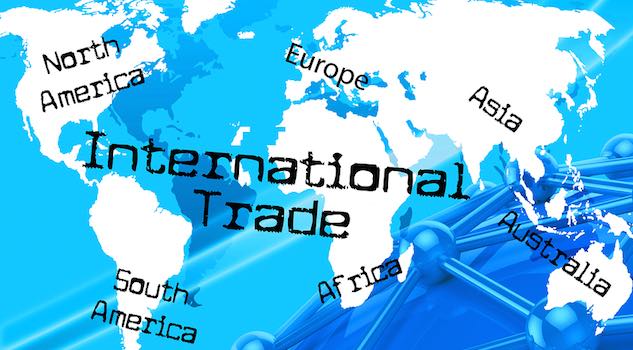The year 2020 could mark a turning point in e-commerce: online sales have played a larger role than ever before as a result of the coronavirus epidemic, with 50,000 new online shoppers entering the domestic market. Professionals, traders, and analysts are now most concerned about whether this expansion is sustainable. What trends have emerged that could contribute to the further development of e-commerce? We will take these now.
Life before the epidemic
The spread of the COVID-19 coronavirus, like so many areas, has also disrupted trade. Today, we are talking about pre-and-post-pandemic “timekeeping,” as many significant changes have taken place over the past few months that have affected individuals, communities, and society.
According to GKI Digital, in 2019 the total online retail turnover increased by 16%, 3.3 million active customers were present in the virtual marketplace, and the total online retail turnover amounted to almost USD 5 billion. In the spring of 2020, with the outbreak of the epidemic, 50,000 new online shoppers appeared, the order number increased by almost 16%, and the order value increased by slightly more than 21%. For example, webshops fulfilled domestic orders worth USD 1.8 billion.
The reveals research by MasterCard that online penetration observed at the European level: the essential goods acquired 36% more active in cyberspace phase of the pandemic. According to NIKE’s own report, for example, it was able to increase online shopping by 75% by May 2020.
Even more important is the online user experience
While during the crisis, customers were more patient and flexible in terms of delivery time, restrictions, and replacement products, post-epidemic customers are now less tolerant of these. With the return to the stores, the importance of the user experience provided by webshops comes to the fore, the willingness to shop online can be maintained if we can provide an outstanding customer experience on our digital interfaces.
The development of online trading interfaces can be the key to progress and survival, which many companies have recognized. However, setting guidelines and mapping the toolbox is not a matter of course, so e-commerce consulting companies and web development companies have a big role to play in sharing this kind of knowledge.
The marginalization of foreign trade in goods and the appreciation of domestic goods
The joint e-commerce research of Reacty Digital and eNET Internet Research, conducted in the spring of this year, revealed that half of USA online shoppers prefer US-based webshops. The frequency of foreign orders has also decreased: while in 2018 40% of customers ordered from abroad at least once a month, in 2020 only 25%. This year’s downturn is, of course, also linked to the limiting effects of the epidemic situation and the increase in uncertainty.
This trend may be reinforced in the future by a change in legislation, according to which the duty-free treatment of low-value packages will end from 2021. At present, products from outside the European Union with a value of less than €22 can enter the country duty-free and duty-free. The abuses have led to a change in this, so next year all products will be taxable and their imports must be reported. It also changes which country’s VAT is levied on the goods, as in the future, with a few exceptions, VAT will be determined by the tax rate of the buyer’s country. As a result, it may no longer be so attractive to order from foreign countries with low VAT, which may reduce imports.
In addition to the background of foreign goods, communities promoting domestic products are growing stronger. The huge advantage of goods is that the supply chain and the route are shorter, so they are more environmentally friendly, their transport is not interrupted during a possible border closure, and domestic entrepreneurs, companies, and small producers thrive with the purchase.
Contactless and home delivery in online sales
The spring of 2020 was marked by traders adapting quickly to the new situation. Due to restrictions and closures, they had to switch from online shopping to online sales and delivery methods that were both fast and secure. The earlier trend of sustainability and packaging-free has been pushed into the background, and the emphasis has been on non-contact.
Related to this is the fact that personal and parcel delivery has been replaced by home delivery, which can also be done without contact. This solution has proven to be not only more convenient but also much safer. The volume of home deliveries was so fast that, according to GKI Digital, the courier services delivered parcels typical of the Christmas period or more.
The state of emergency brought special solutions. Examples are the boxed transport of Tesco and Auchan, which is a closed-chain food delivery, which is an excellent example of contactless shopping.
Is enlargement sustainable?
In 2020, e-commerce reached a turning point. Whether you can move on to the next phase and be able to retain the increased number of customers is up or down in the trading companies. If they can open up to new solutions, prioritize customer needs (both in terms of product range and customer experience), then continuous fascination and growth can be forecast.
















